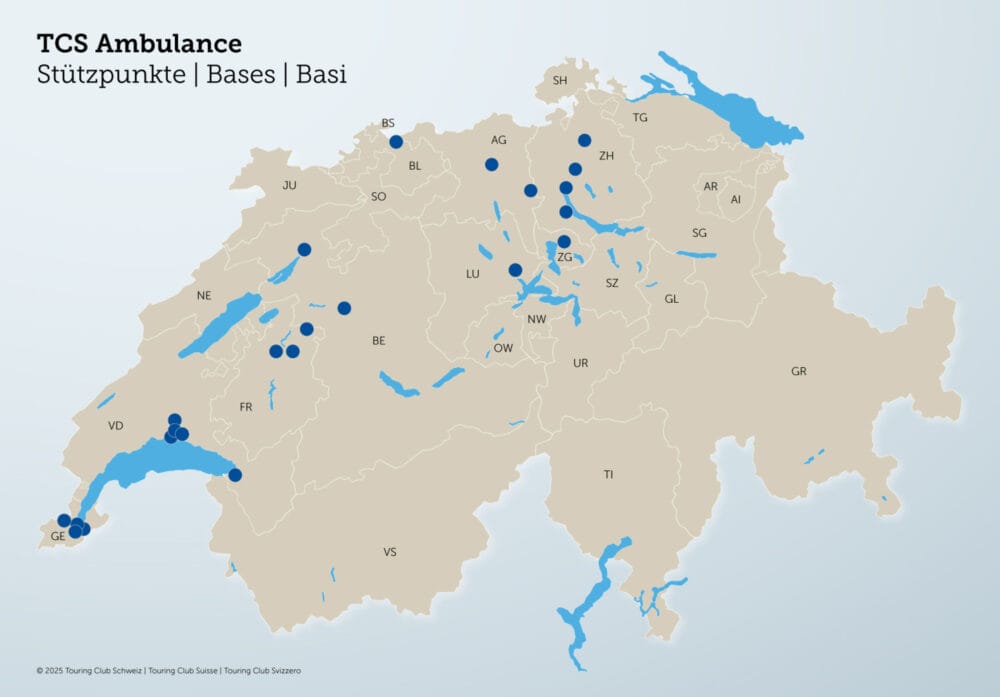New DIN EN 131 ladder standard from 2018
On January 1, 2018, the revised ladder standard came into force. It makes new specifications that are intended to improve the stability of ladders. Lack of stability is the most common cause of accidents when using ladders.

The new guidelines mainly affect companies that use single and multi-purpose ladders. The amendment of the ladder standard was initiated by the European Committee for Standardization (CEN) developed in cooperation with the Employer's Liability Insurance Association for the Construction Industry (BG BAU), the Employer's Liability Insurance Association for Trade and Merchandise Logistics (BGHW) and the Social Insurance for Agriculture, Forestry and Horticulture (SVLFG).
Not all conductors are the same
When it comes to heights, ladders are usually the work tool of choice. However, not all ladders are created equal, and many employees are negligent or have not been properly trained in their use. There are many causes of ladder accidents: Either the ladder was not suitable for the job or the Substrate not stable and the ladder gave way. According to the statistics on the Occupational accident statistics of the DGUV, there were a total of just under 23,700 reportable accidents involving ladders in 2016.
Almost every 15th accident resulted in serious injuries or was fatal. Almost 90 percent of all ladder accidents, according to the BG BAU, are due to poor stability. The revised standard is intended to ensure that this source of danger is already minimized during manufacture.
Changes to DIN EN 131
The most important change to DIN EN 131 concerns all portable single ladders with a ladder length of more than three meters. In future, these must have a larger stand width, either by means of a crossbar or a so-called conical design. Also affected by the standard are multi-purpose ladders with an attached extension ladder section. If this is longer than three meters, it may only be separable from the ladder if it is equipped with a crossbar that meets the new stand width requirement.
"However, in practice there is a risk that the extra traverse is used as an additional standing surface. This, in turn, can promote accidents. The standard refers to this with a restriction on use," explains Thomas Jacob from the BGHW (Berufsgenossenschaft für Handel und Warenlogistik). But it is not only stability that is being revised by the standard. In the future, ladders will be divided into two usage groups: Ladders for commercial use and ladders for private use. Corresponding pictograms provide for the visible classification.
Text: German Social Accident Insurance (DGUV)









